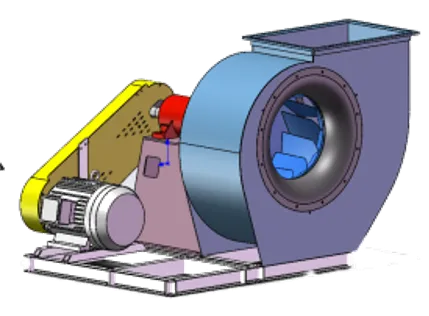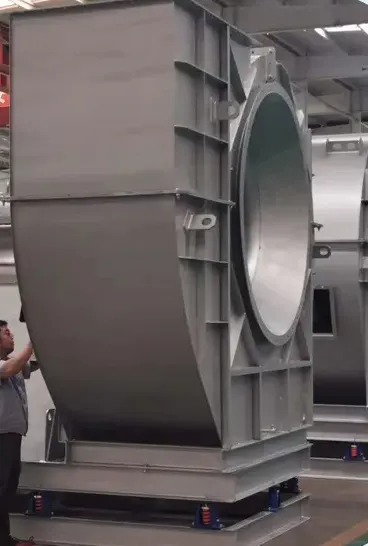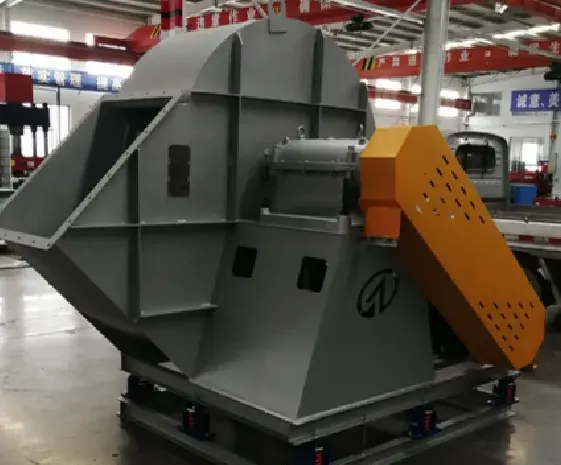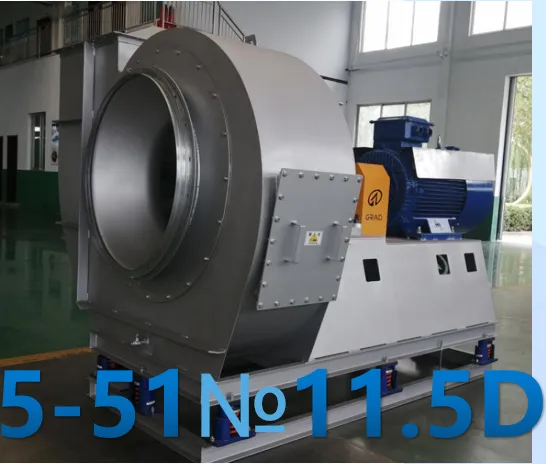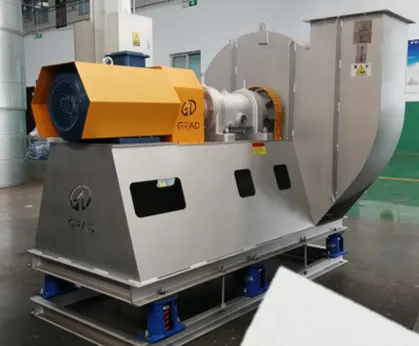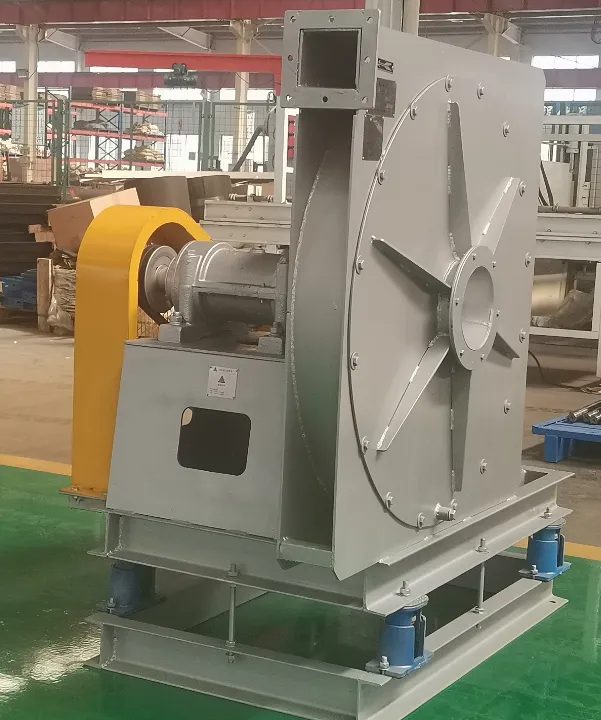Manual Control Valve
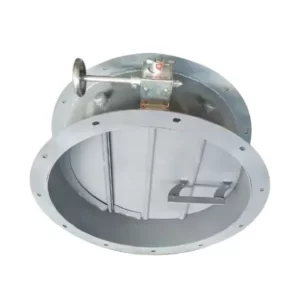
The Manual Control Valve is essential in fluid management systems, providing the capability to regulate the flow of liquids and gases efficiently. These valves allow users to manually open, close, or adjust the flow, offering precise control tailored to various applications. Whether utilized in industrial settings, residential plumbing, or agricultural operations, the manual control valve is highly regarded for its reliability and intuitive design.
This valve is a vital instrument for anyone tasked with effectively managing fluid flow. Its robust construction and adaptability make it suitable for a wide range of applications, from complex industrial processes to simple household plumbing tasks. By following proper installation and maintenance guidelines, you can enhance the valve’s performance and extend its lifespan, ensuring that your fluid management system operates seamlessly.
Choosing a manual control valve empowers you to take charge of your fluid flow, ensuring efficient operations across all your applications.
Manual Control Valve Parameter:
Get in Touch for Specific Dimensions
Key Characteristics of Manual Control Valve:
Durable Construction
The Manual Control Valve is built from premium materials such as brass, stainless steel, and PVC, ensuring exceptional durability. This robust construction guarantees reliable performance even in challenging conditions. Whether subjected to extreme temperatures or corrosive environments, this valve is designed to endure the demands of everyday use, making it an excellent choice for any fluid management system.
Multifunctional Design
One of the key advantages of the manual control valve is its multifunctional design. It is suited for a variety of applications, including:
- Water Supply Systems: Regulates water flow effectively in residential and commercial plumbing setups.
- HVAC Systems: Manages airflow in heating, ventilation, and air conditioning systems, enhancing climate control efficiency.
- Irrigation Systems: Ensures optimal water distribution in agricultural settings, helping crops receive the appropriate moisture levels.
This versatility makes it an invaluable tool for professionals and DIY enthusiasts.
User-Friendly Operation
The manual control valve is designed for ease of use and features a straightforward handwheel or lever mechanism. This intuitive design allows for quick and easy manual adjustments to flow control, making it accessible for everyone, from experienced technicians to homeowners tackling plumbing tasks.
Reliable Leak-Proof Design
To maintain the integrity of your fluid management system, the manual control valve is engineered with a reliable leak-proof seal. This feature effectively prevents fluid leakage, ensuring your system operates at peak efficiency. Protecting your equipment from leaks also helps reduce costs associated with fluid loss and potential damage.
Space-Saving Design
In an era where space optimization is crucial, the compact size of the manual control valve is a significant advantage. Its streamlined design allows for easy installation in tight spaces without compromising performance. This flexibility ensures seamless integration into your existing fluid management system, enhancing your overall setup.
By considering these features, the Manual Control Valve stands out as a vital component for managing fluid flow efficiently across various applications.
Usage Method of Manual Control Valve:
Step 1: Installation
- Select an Appropriate Location: Identify the best spot in your fluid management system that allows for easy access and optimal functionality.
- Verify Compatibility: Ensure that the valve is compatible with the piping material and size for a secure and effective connection.
- Secure the Valve: Use the correct fittings to attach the valve to the pipeline, ensuring a tight seal to prevent any leaks.
Step 2: Operation
- Opening the Valve: To open the valve, rotate the handwheel or lever counterclockwise.
- Closing the Valve: Turn the handwheel or lever clockwise until it is fully closed.
- Adjusting the Flow: Fine-tune the valve to control the flow rate as needed, allowing for precise regulation of liquids or gases.
Step 3: Monitoring
- Conduct Regular Inspections: Routinely check the valve for any signs of leaks, wear, or damage.
- Ensure Smooth Operation: Verify that the valve operates freely without obstructions to maintain effective flow control.
By following these steps, you can ensure the proper installation, operation, and maintenance of your Manual Control Valve, leading to optimal performance in your fluid management system.
Manual Control Valve Application:
The Manual Control Valve is an essential component utilized in various industries and systems. Here are some of its prominent applications:
1. Water Supply Systems
- Municipal Water Distribution: The valve plays a critical role in regulating water flow within municipal pipelines. It helps maintain pressure levels and ensures a consistent supply to communities, effectively managing the distribution network during peak usage times or emergencies.
- Residential Plumbing: In homes, the manual control valve allows homeowners to manage water flow to different fixtures and appliances. This is particularly useful for controlling water usage, making repairs, or during maintenance activities.
2. Industrial Processes
- Fluid Regulation: In manufacturing and processing plants, the manual control valve is vital for controlling the flow of liquids and gases along production lines. This regulation ensures that processes run smoothly and efficiently, minimizing waste and enhancing productivity.
- Chemical Processing: The valve is crucial for managing the flow of chemicals in various applications. It ensures precise measurements and safe handling, which is essential for maintaining safety standards and compliance in chemical plants.
3. HVAC Systems
- Airflow Control: The manual control valve is employed to adjust air flow within heating, ventilation, and air conditioning systems. By optimizing airflow, it contributes to enhanced indoor climate comfort and improved energy efficiency.
- Chilled Water Systems: In cooling systems, the valve regulates the flow of chilled water, maintaining appropriate temperatures for optimal performance. This is especially important in large commercial buildings and industrial facilities.
4. Irrigation Systems
- Water Distribution: In agriculture, the manual control valve manages water flow to various sections of fields, ensuring that crops receive adequate moisture. This targeted approach to irrigation is critical for maximizing crop yield and conserving water resources.
- Drip Irrigation: The valve enables precise adjustments in flow rates, facilitating efficient water delivery directly to plants. This method promotes water conservation and enhances plant health by providing just the right amount of moisture.
5. Oil and Gas Industry
- Flow Control: The manual control valve is essential in pipelines for regulating the flow of crude oil and natural gas. This control is crucial for ensuring safe and efficient transportation of these valuable resources across extensive networks.
- Refinery Operations: Within refineries, the valve helps manage the flow of various fluids during processing operations, ensuring efficiency and consistency in production while adhering to safety regulations.
6. Food and Beverage Industry
- Process Control: In food processing plants, the manual control valve regulates the flow of liquids, ensuring that production processes maintain consistency and quality. This regulation is vital for compliance with health and safety standards.
- Brewery Applications: The valve is used to manage the flow of ingredients and water during brewing processes, allowing for precise control over recipes. This precision is essential for producing high-quality beverages that meet consumer expectations.
7. Marine Applications

- Ballast Control: In maritime operations, the manual control valve manages water flow in ballast tanks, which is critical for maintaining the stability and trim of ships during navigation.
- Cooling Systems: The valve regulates the flow of cooling water for engines and machinery on vessels, ensuring optimal performance and preventing overheating during operation.
These diverse applications highlight the Manual Control Valve’s importance in various sectors, ensuring efficient and reliable fluid management across multiple contexts.
Fans Type:
General centrifugal fans can be divided into low pressure (P≤1000Pa), medium pressure (P=1000-5000Pa), and high pressure (P=5000-30000Pa) according to the pressure. Low-pressure fans are generally 4-72, 4-73, 4-68, 4-79, and other backward blade series. Medium pressure fans are generally 5-51, 6-30, 6-41, 6-51, and other series; High pressure is generally 9-19, 9-26, 9-12, and 8-09 series. The low-pressure fan blades are mostly backward inclined blades, generally about 45 degrees. The outlet Angle of medium pressure fan is larger than that of low pressure fan. It is generally about 50 degrees, and the blades of the high-pressure fan are generally tilted forward less than 90 degrees. The advantages of medium and low-pressure fans are large flow, low noise value, not easy to overload, relatively stable operation, and use in general ventilation. High-pressure fans are used to supply forced air.
From the direction of the drive side (motor), the counterclockwise rotation is left, and the clockwise rotation is right.
The Angle is generally divided into 0 degrees, 45 degrees, 90 degrees, 135 degrees, 180 degrees, 225 degrees, and 270 degrees.
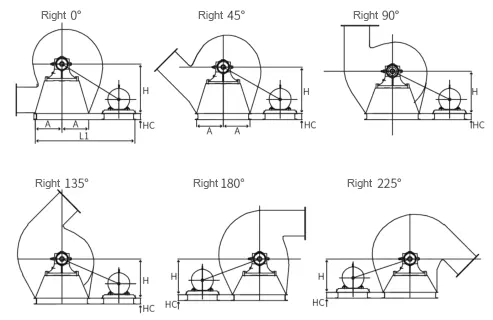
Type A Direct Transmission:
Type D Direct Transmission:
Type C Belt Transmission:
Type E Belt Transmission:
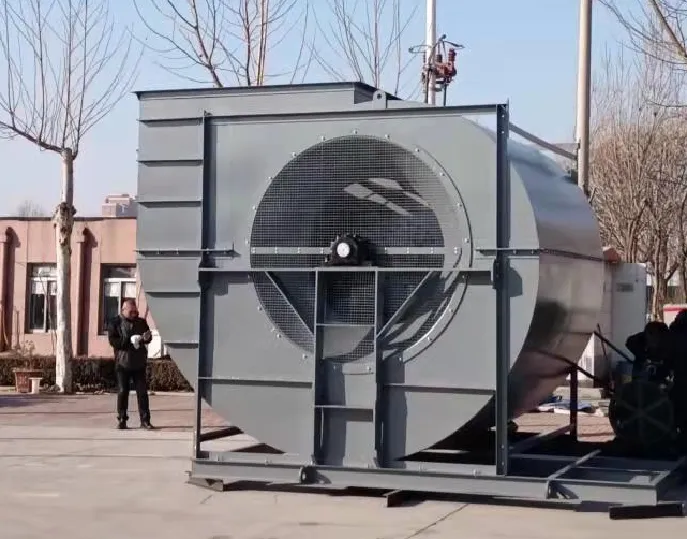
Type E Direct Transmission:
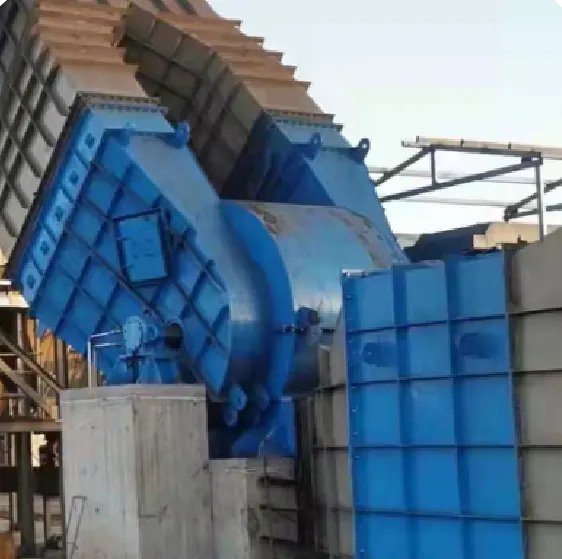
Low Pressure Fans:
Low-pressure fan series are 4-72 series, 4-73 series, and 4-79 series. Generally used for indoor ventilation in general factories and large buildings, it can be used as input gas, it can also be used as output gas, it can also be used as output gas, it can also be used for forced ventilation of boilers, forging furnaces, etc.
It is characterized by smooth operation, tight structure, low noise, flexible use, small footprint, high efficiency, and good performance in conveying air and other unnatural, harmless to the human body and non-corrosive gases.
Low-pressure fans are mostly used in garage air supply and exhaust systems, civil air defense ventilation systems, textile exhausts, grain warehouse dry exhausts, and other total air supply and exhaust systems.
Medium Pressure Fans:
The basic models of medium-pressure fans are 5-51 series, 6-51 series, 5-47/5-48 series, and 6-41 series. These models’ air volume and pressure are lower than those of the low-pressure series. Good aerodynamic performance, high efficiency, low noise, smooth operation.
G, Y6-51 type boiler feed fan is mainly used for 2~670t/h steam in thermal power plants.
The air supply system of the boiler also meets the requirements of the performance parameters of the high-pressure head of the fluidized bed furnace. change
Series fans can also be used for dust removal, mine ventilation, and general ventilation systems.
The blower transports air, and the induced draft fan transports gas containing impurity particles.
When the impurity concentration is less than 200mg/m³, it can be used for over 4 years. If the dust content is too large, the blade should be treated with wear-resistant treatment to extend its service life. G series fans are generally normal temperature; The maximum temperature of Y series induced draft fan shall not exceed 250℃. If more than 250℃. The impeller material should be changed.
High Pressure Fans:
Vavle Factory: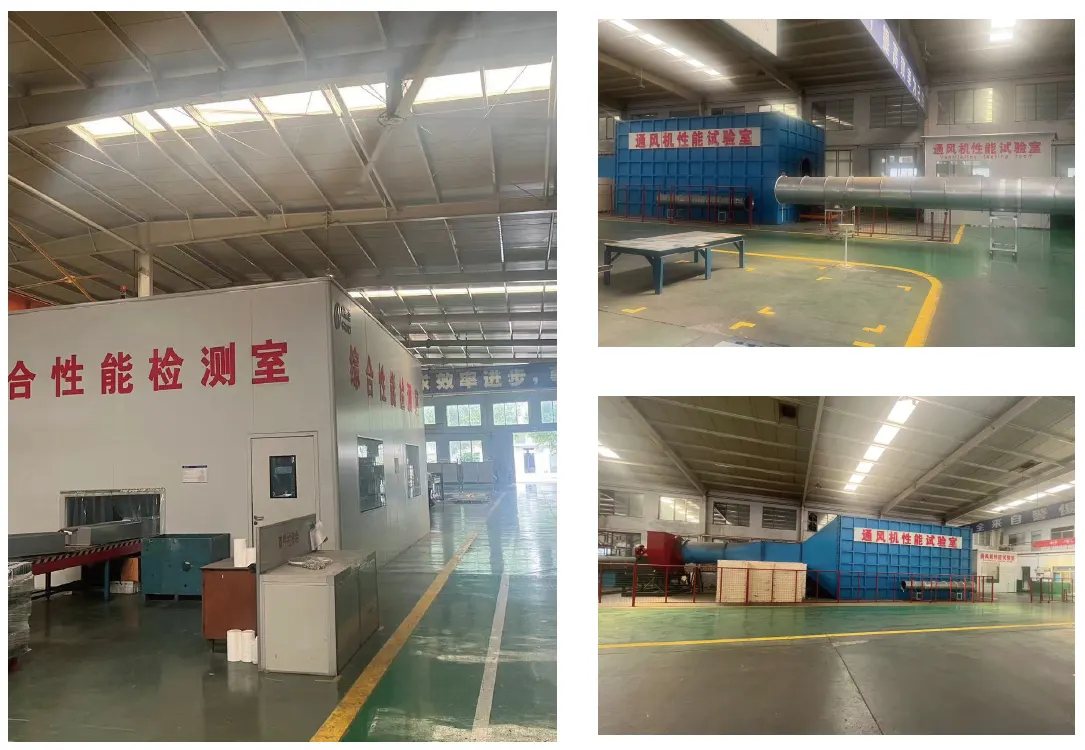
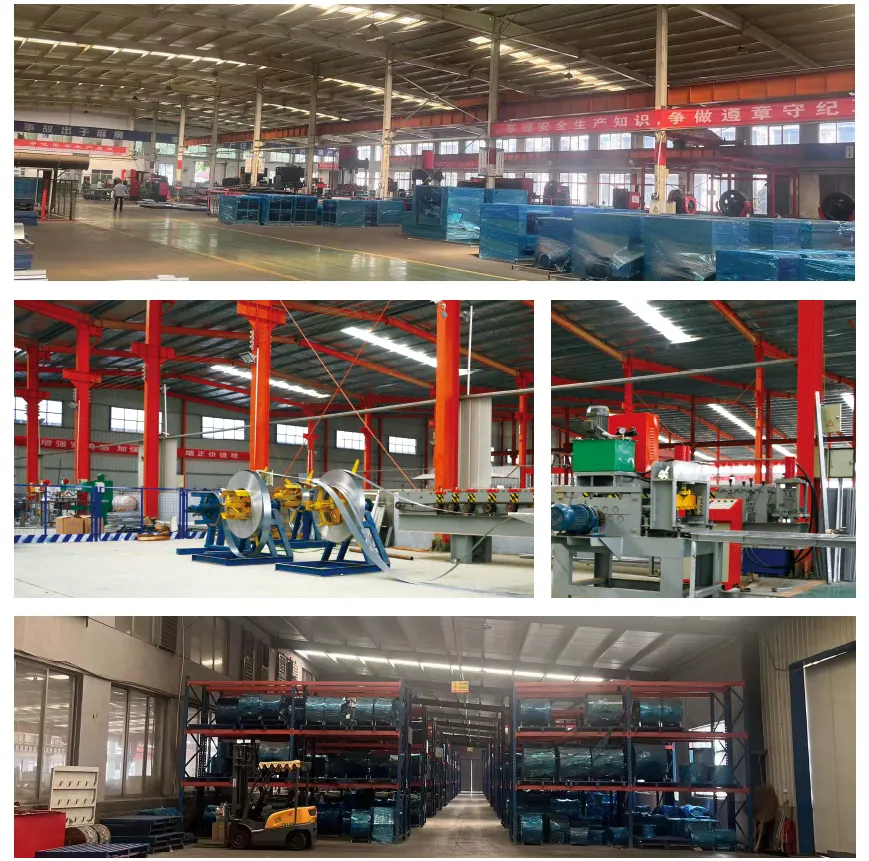
Our unwavering commitment to excellence encompasses a comprehensive 24/7 on-site service, ensuring that you have immediate access to top-tier maintenance support whenever you need it. We understand that operational efficiency is critical, which is why our team is always ready to assist you, regardless of the time or day.
Proactive Maintenance Approach
Detailed User Profiles: We take the time to develop thorough user profiles tailored to your specific systems and needs. This personalized approach allows us to understand the intricacies of your operations and tailor our support accordingly.
Regular Site Visits: Our team conducts routine site visits to monitor system performance and identify potential issues before they escalate. This proactive strategy ensures that we address any operational challenges swiftly, minimizing downtime and disruption to your workflow.
Comprehensive Support
Expert Technicians: Our highly trained technicians bring expertise and experience to every interaction, providing you with knowledgeable insights and effective solutions. You can trust that your systems are in capable hands.
Tailored Solutions: We prioritize your unique requirements, offering customized solutions that enhance your system’s performance and reliability. Our goal is to ensure that your operations run seamlessly.
With our dedicated support, you can enjoy peace of mind knowing that your success is our top priority. We are committed to fostering a collaborative partnership, where your needs drive our services. Our responsive support team is always just a call away, ready to assist with any challenges you may encounter.
Experience the difference that our comprehensive, proactive maintenance and exceptional support can make in your operations. Together, we will ensure your systems operate at their best, empowering your success every step of the way!








